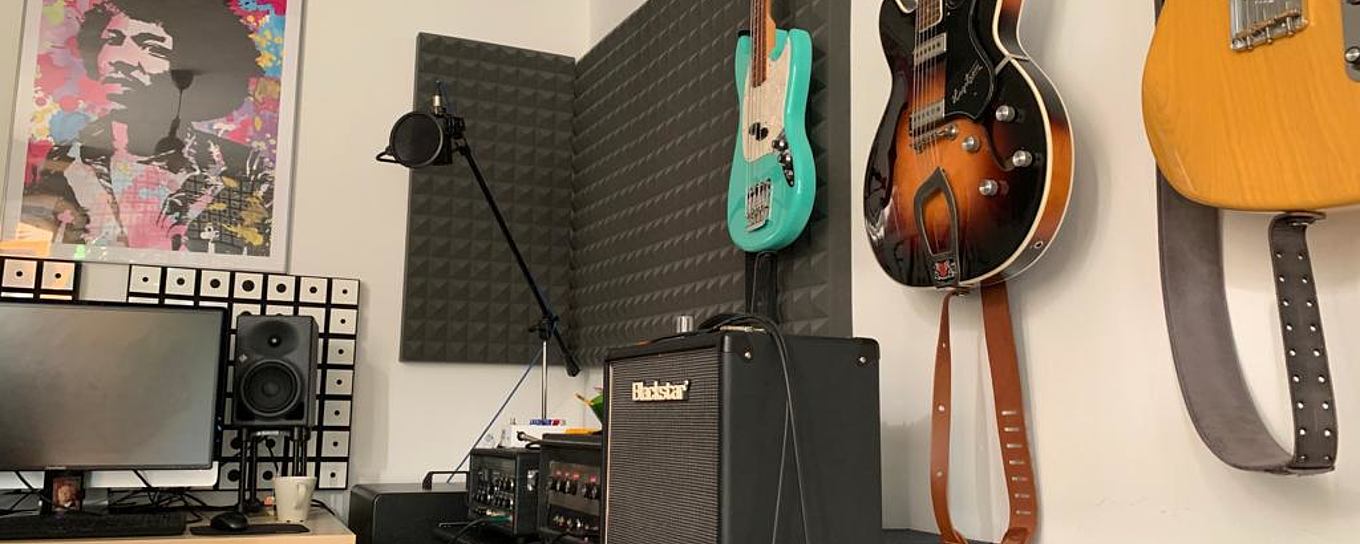

There are different cameras you can use, which will give varying results in terms of quality.

This guide will give you some straightforward tips on how best to begin from the technical point of view. How to go about recording yourself, however, can be a difficult enough procedure without the added (and perfectly normal) performance anxieties of playing in front of a recorder or video camera (that little red flashing light can set off that performance anxiety almost as much as getting up on stage!). Recording helps you isolate those factors so you can take them to the practice room for revision-or overhaul, as the case may sometimes be. Playing musically requires solid technique, and solid, effortless technique requires a relaxed (or tense-free) approach with economy of movement. There are (at least) two primary benefits of recording yourself: (1) you are able to hear what you are producing musically without having to worry too much about technique and (2), at least with video recording, you are able to see where you need improvement in terms of technique or in terms of those places where you are playing with too much tension in either or both hands (or elsewhere). Recording yourself can be a great way to review your practice sessions and performances and identify problems (and successes!) so that you can either adjust or build upon your approach for next time.


 0 kommentar(er)
0 kommentar(er)
